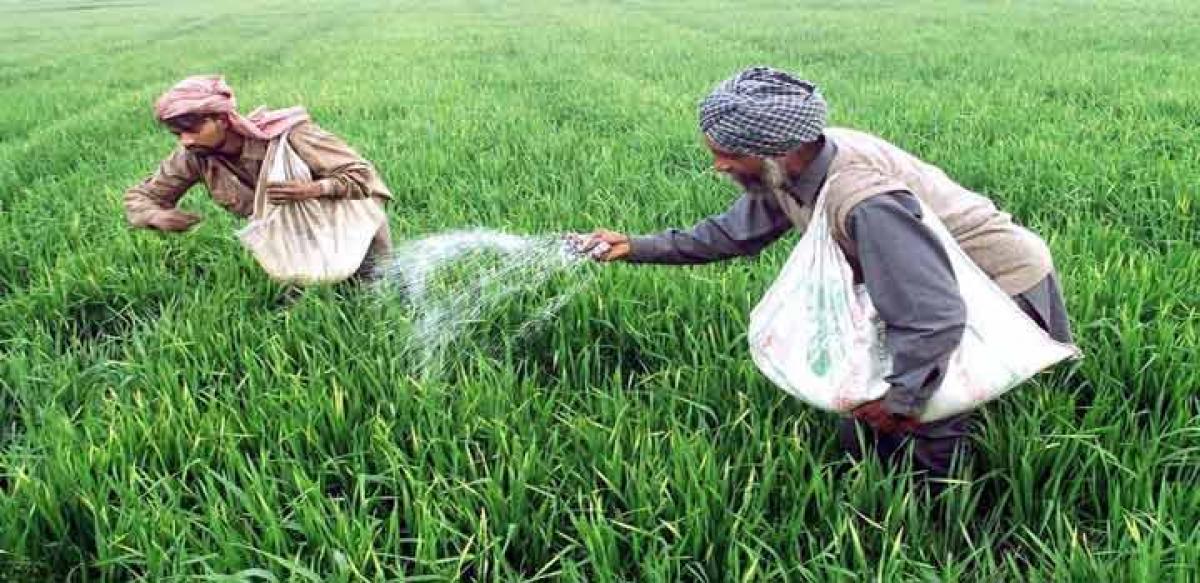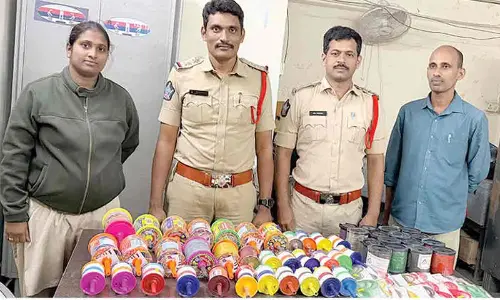Reform package for the fertiliser sector

The Economic Survey 2015-16 emphasises that the government budgeted Rs 73,000 crore- about 0.5 per cent of GDP- on fertiliser subsidies in 2015-16. Nearly 70 per cent of this amount was allocated to urea, the most commonly used fertiliser, making it the largest subsidy after food.
The Economic Survey 2015-16 emphasises that the government budgeted Rs 73,000 crore- about 0.5 per cent of GDP- on fertiliser subsidies in 2015-16. Nearly 70 per cent of this amount was allocated to urea, the most commonly used fertiliser, making it the largest subsidy after food.
Distortions in urea are the result of multiple regulations. These distortions feed upon each other, and together create an environment that leads to a series of adverse outcomes. Firstly, urea is only subsidised for agricultural uses. Subsidies like this violate what we call the One Product- One Price principle. Black market effects are aggravated by further regulation- canalisation.
Secondly, the black market hurts small and marginal farmers more than large farmers since a higher percentage of them are forced to buy urea from the black market. Thirdly, some of the urea subsidy goes to sustaining inefficient domestic production instead of going to the small farmer. A reform package would address each of the problems identified above- the three leakages and skewed mix of fertiliser use- with the primary aim of benefiting the small farmer.
First, decimalising urea imports- which would increase the number of importers and allow greater freedom in import decision- would allow fertiliser supply to respond flexibly and quickly to changes in demand. This would be timely as climatic fluctuations are making it much more difficult for governments to forecast agriculture conditions and centrally manage supply.
Second, bringing urea under the Nutrient Based Subsidy program currently in place for DAP (Diammonium Phosphate) and MOP (Muriate of Potash) would allow domestic producers to continue receiving fixed subsidies based on the nutritional content of their fertiliser, while deregulating the market would allow domestic producers to charge market prices. This would encourage fertiliser manufactures to be efficient, as they could then earn greater profits by reducing costs and improving urea quality. And this in turn would benefit farmer.
Economic Survey states that the case for implementing direct transfers in fertilisers is to reduce leakages to the black market. The government’s policy of neem-coating urea is a step in exactly this direction. Neem-coating makes it more difficult for black marketers to divert urea to industrial consumers.
Technology could be further used to curtail leakages and improve targeting of fertililser subsidies. Fertiliser is a good sector to pursue JAM (Jan Dhan, Aadhaar, Mobile) because of a key similarity with the successful LPG experience: the centre controls the fertiliser supply chain. The relatively low levels of last-mile financial inclusion in much of rural India also suggest that it would be risky to replace subsidised fertiliser with cash, due to beneficiaries’ weak connection to the banking system.
Universal subsidy with cap on number of bags
A preferred option would be to set a cap on the number of subsidised bags each household can purchase and require biometric authentication at the point of sale (POS). Requiring biometric authentication would make it harder to conduct large-scale diversion.
Imposing a cap on the total number of subsidised bags each farmer can purchase would improve targeting. Small farmers would still be able to get all their urea at subsidised prices but large farmers may have to pay market prices for some f of the urea the buy.
It further states that the fertiliser subsidies are very costly, accounting for about 0.8 per cent of GDP. They encourage urea overuse, which damages the soil, undermining rural incomes, agricultural productivity, and thereby economic growth. Reform of the fertiliser sector would not only help farmers and improve efficiency in the sector.
Decimalising imports will ensure timely availability of fertilizes, and universal Direct Benefit Transfer (DBT) to farmers based on biometric identification with physical off take can reduce diversion of urea.















